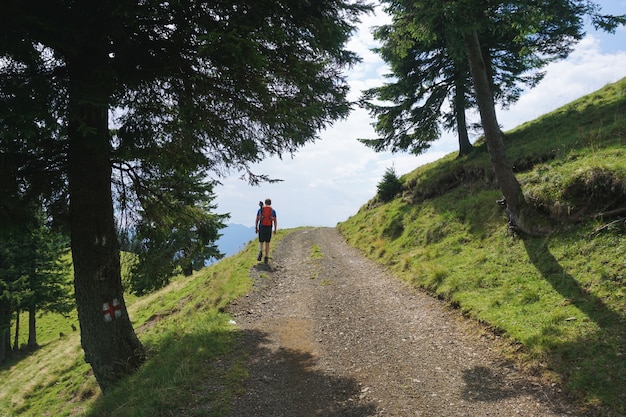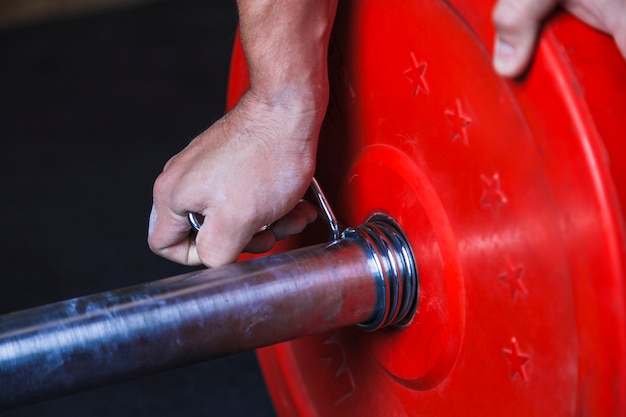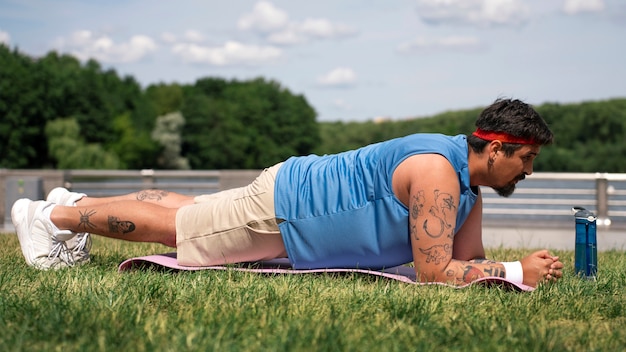45 Science-Backed Hiking Prep Strategies to Boost Recovery for People with Hypertension
Hiking is more than just a scenic escape—it’s a powerful tool for improving cardiovascular health, especially for individuals managing hypertension. When combined with smart preparation and recovery practices, hiking can significantly support blood pressure control and overall well-being. This guide outlines 45 actionable steps to enhance your recovery through thoughtful hiking preparation, with clear progress checks tailored specifically for those with high blood pressure.
Why Hiking Matters for Hypertension Management
Regular physical activity helps lower blood pressure by improving heart efficiency and reducing arterial stiffness. Hiking, in particular, combines aerobic exercise with nature exposure, both of which are linked to reduced stress and improved vascular function. However, to maximize benefits and minimize risks, preparation and recovery are key.

Pre-Hike Preparation: 15 Foundational Steps
- Check your blood pressure at rest before any hike (target: below 140/90 mmHg).
- Consult your healthcare provider to confirm hiking is safe for your condition.
- Choose trails with moderate elevation gain and well-maintained paths.
- Start with short hikes (30–45 minutes) and gradually increase duration.
- Monitor weather conditions—avoid extreme heat or humidity.
- Wear supportive, non-slip footwear to prevent falls.
- Stay hydrated the day before and morning of the hike.
- Pack a heart-healthy snack (e.g., nuts, banana, oat bar).
- Bring a portable blood pressure monitor for mid-hike checks if advised.
- Wear layered clothing to regulate body temperature.
- Use a hiking pole for stability and reduced joint strain.
- Inform someone of your hiking route and expected return time.
- Practice deep breathing exercises before departure to lower baseline stress.
- Review your medications—ensure you’ve taken them as prescribed.
- Warm up with 5–10 minutes of light walking or stretching.
During the Hike: 15 Smart Practices for Safety and Recovery
- Maintain a steady, conversational pace—avoid breathlessness.
- Take breaks every 20–30 minutes to rest and hydrate.
- Monitor for symptoms like dizziness, chest pressure, or shortness of breath.
- Sit down during breaks to reduce cardiac load.
- Practice mindfulness or nature observation to reduce stress hormones.
- Use rhythmic breathing (inhale 4 sec, exhale 6 sec) to support heart rate control.
- Stay on marked trails to avoid unexpected exertion.
- Protect yourself from sun exposure with a hat and sunscreen.
- Drink water every 15–20 minutes, even if not thirsty.
- Use a fitness tracker to monitor heart rate (keep within 50–70% of max).
- Walk with a companion for safety and motivation.
- Avoid steep ascents; choose switchbacks when possible.
- Pause to check blood pressure if feeling unwell (if monitor available).
- Listen to your body—turn back if discomfort arises.
- Take photos or notes to reflect on positive experiences post-hike.
Post-Hike Recovery: 15 Essential Steps
- Cool down with 5–10 minutes of slow walking and stretching.
- Rehydrate with water or an electrolyte drink (low sugar).
- Check blood pressure within 30 minutes of finishing.
- Record your readings and symptoms in a log or app.
- Eat a balanced meal with lean protein, complex carbs, and vegetables.
- Elevate your legs for 10–15 minutes to support circulation.
- Use a foam roller or gentle massage for muscle relaxation.
- Practice deep breathing or meditation to lower cortisol.
- Avoid caffeine or alcohol immediately after the hike.
- Rest for at least 20 minutes in a quiet, cool environment.
- Wear compression socks if prone to swelling.
- Reflect on your experience—what felt good? What could improve?
- Update your weekly activity plan based on recovery feedback.
- Schedule your next hike to maintain consistency.
- Celebrate small wins—each hike builds long-term resilience.
Progress Checks: Track Your Success
To ensure you’re enhancing recovery effectively, use these monthly progress checks:
- Has your resting blood pressure decreased or stabilized?
- Do you recover faster after each hike?
- Are you hiking longer or on more challenging trails without strain?
- Have stress levels improved based on self-assessment?
- Are you consistently following prep and recovery steps?
By integrating these 45 strategies, individuals with hypertension can safely enjoy the physical and mental benefits of hiking while actively supporting cardiovascular recovery. Always prioritize safety, listen to your body, and make gradual progress.
















